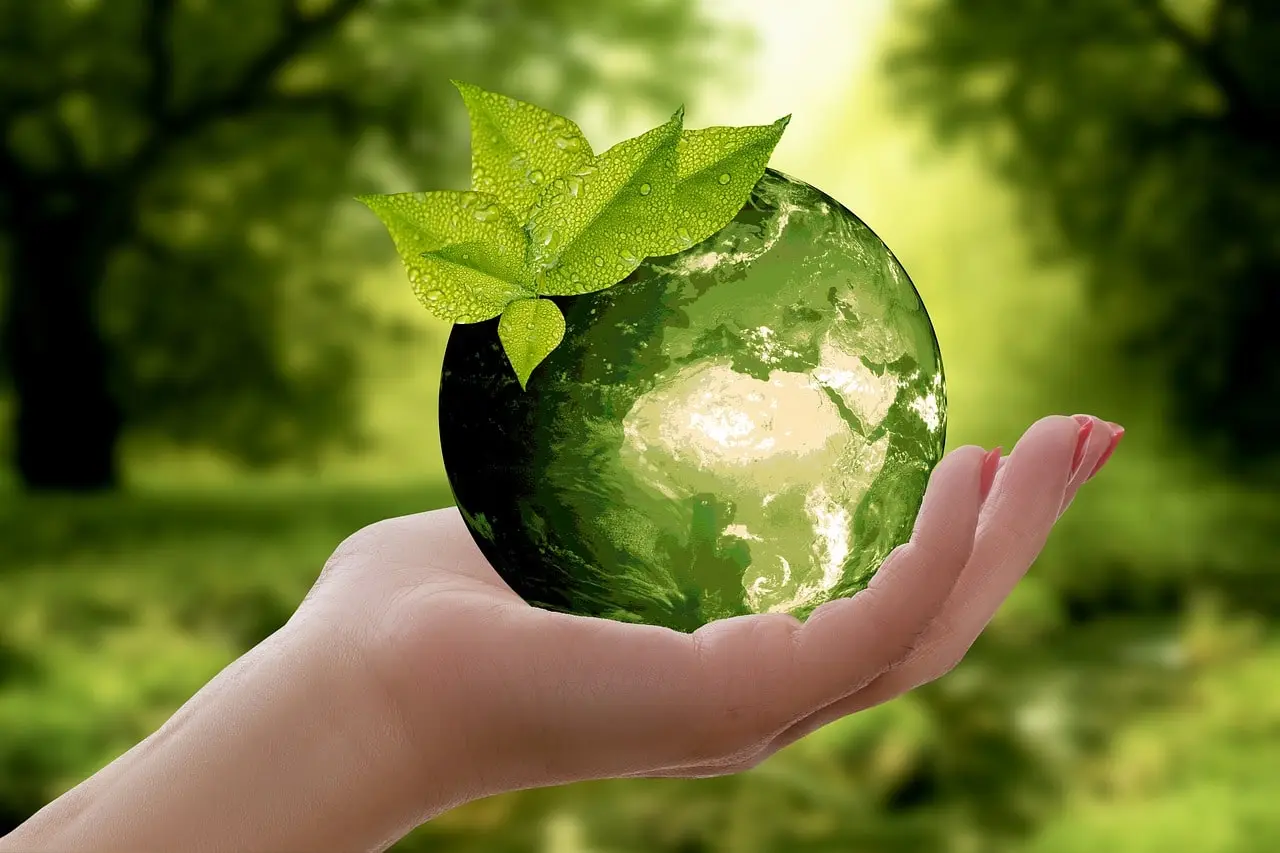
Finland’s Sustainable Living: 4 Key Insights
Finland shines brightly as a standout model of sustainable living in the global arena. For many in Finland, sustainable living is an obvious choice. What this means is that Finns place significant importance on sustainability, which is evident in their lifestyle choices. According to a research paper on Finland’s sustainable living, Finland aims to be a carbon-neutral society by the year 2050. From harnessing renewable energy to minimizing waste, here are some ways to practice sustainability in Finland:
Recycling Bottles
Based on the ThisisFINLAND Magazine 2020, an astonishing 95% of aluminum cans, 90% of PET plastic bottles, and 88% of glass bottles are recovered. The act of returning these containers is deeply embedded in the culture of every Finnish individual. It is also fostered by a countrywide deposit-refund program. The EU directive regarding disposable plastics has intensified the spotlight on the recycling of bottles and the promotion of sustainability measures.
When you buy a drink in a bottle or can, you pay a deposit of 15 to 40 cents. This covers various beverages like alcohol, soft drinks, and water, in containers made of aluminum, glass, or PET plastic. The return machines are simple to use. Firstly, you place the bottle or can on a conveyor belt and it goes through a scanner. Then the machine sorts and crushes them. Afterward, you press a button to get a receipt.
Plastic and glass bottles are valued at 10 to 40 cents, and aluminum cans at 15 cents. The returned containers are either recycled or reused. When you show the receipt to the cashier, they refund you cash or subtract the deposit from your total purchase. Palpa, the nonprofit organization that runs the return system, manages 360 million euros annually in bottle deposit refunds.
Renewable Energy Revolution
According to an article written by the World Economic Forum, Finland is second to Sweden for renewable energy production in the EU. Finland relies on hydro, wind power and biofuels to provide almost half of its energy requirements. Meanwhile, Latvia, Denmark, Estonia, Portugal and Austria all secured a third of their energy needs from renewable sources in 2022. That’s according to the latest annual data from Eurostat.
Finland has made substantial progress in shifting towards renewable energy sources. Benefiting from its vast forests, Finland utilizes biomass energy, repurposing wood waste and organic materials for heat and power generation. Furthermore, significant investments in wind power harness coastal winds to produce clean electricity. Prioritizing renewable energy helps Finland lessen its dependence on fossil fuels. That leads to reduced carbon emissions and contributing to the fight against climate change.

Eco-Friendly Transportation
Efficient transportation is essential in this northern corner of the world. In Finland, transportation innovators are using modern technology to offer flexible and eco-friendly services. Needless to say, green transport thrives in the country. In 2023, according to an article by Business Finland, Finland ranked second among 139 countries in the global Logistics Performance Index.
Finland’s commitment to sustainable transportation extends beyond its pioneering initiatives in green logistics. Prioritizing eco-friendly options like public transit, cycling, and electric vehicles, Finland aims to reduce reliance on fossil fuels and curb emissions. Cities like Helsinki boast extensive public transportation networks, complemented by incentives for electric vehicle adoption. Those include tax breaks and charging infrastructure development, for example.
By promoting alternatives to personal cars and investing in green infrastructure, Finland seeks to create cleaner and healthier urban environments. At the same time, Finland is advancing its ambitious sustainability goals. With innovative approaches to both logistics and urban mobility, Finland emerges as a global leader in sustainable transportation. Finland sets a precedent for other nations to follow in the pursuit of a greener future.
Thrift Shopping
Thrift shopping has surged in popularity in Finland, particularly among the youthful and fashionable crowd. The appeal lies in the thrill of discovery, akin to a treasure hunt, where one can find almost anything. Major cities in Finland boast vibrant thrift shop scenes. For example, there are fusion stores combining different themes, such as flower shops paired with second-hand stores.
Finland emerges as Europe’s leading sustainable shopping destination, topping the Sustainable Development Report among all UN member states with a score of 86.51 out of 100. Research by Savoo analyzed factors such as recycling rates, consumption footprint, waste generation per capita, and the prevalence of flea/street markets and antique stores. Although Finland’s consumption footprint decreased by 20% from 2010 to 2020, other countries like Italy, Sweden, and Greece exhibited greater reductions. Savoo defines a country’s consumption footprint as the land required to produce consumed materials and absorb waste.
In Finland, ReUse centers provide eco-friendly craft materials. They also host workshops for customers to learn how to repurpose old items into gifts, jewelry, and more. They are experts in revitalizing items for new uses.
What other sustainable living practice do you want to do in Finland? Or additionally, would you like to try these Finland’s sustainable living practices? If you have an interest in relocating or you are planning to start your journey in Finland this Spring, sign up below! Apply to Silk Road’s vacant positions for health care workers.
